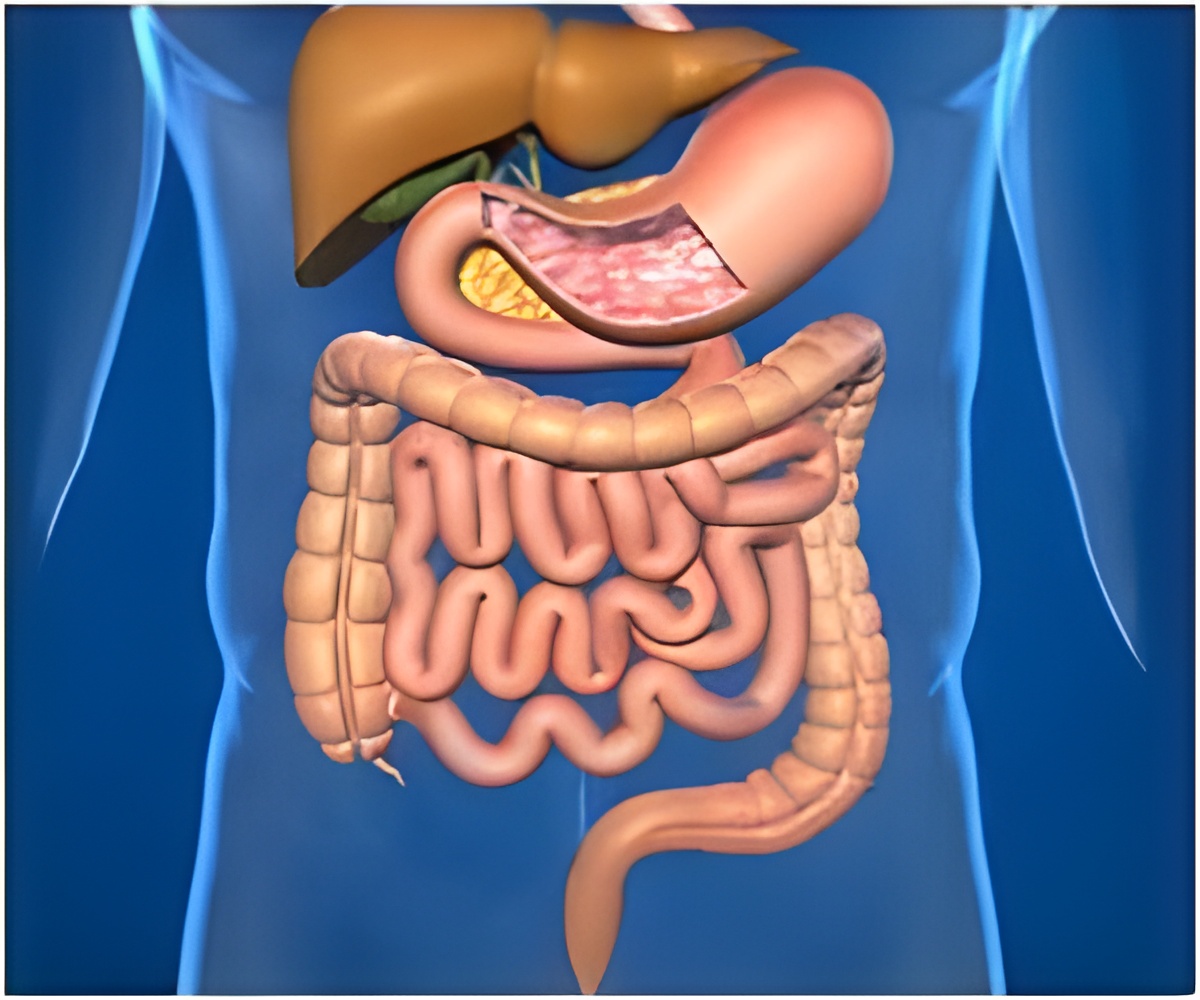Tiny micromotors that propel themselves through acidic environments using hydrogen bubbles have been developed by researchers.

Researchers, led by University of California San Diego nanoengineering professor Joseph Wang, constructed each micromotor from extremely tiny plastic tubes containing a thin layer of zinc, Discovery News reported.
The structure measures nearly 10 micrometers in length. When the engineers put the little rocket in an acidic solution, the zinc lost electrons, creating hydrogen bubbles.
As the pH in the solution decreases, the rocket's speed increases. Wang and his colleagues say their micromotor can travel up to 1,050 micrometers per second, which is about 100 body lengths per second.
They researchers were able to control the rockets by adding magnetic layers to the outer structure. Through manipulation of the magnetic field, the rockets could even pick up and release tiny plastic "cargo".
According to the researchers, these devices could have a bunch of biomedical and even industrial applications. Imagine putting one in your stomach to do some reconnaissance.
Source-ANI
 MEDINDIA
MEDINDIA



 Email
Email




